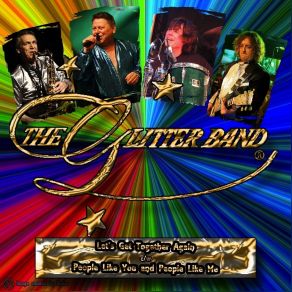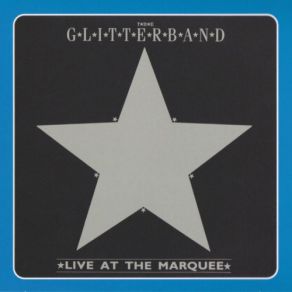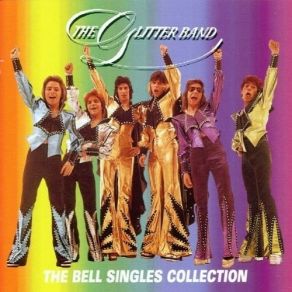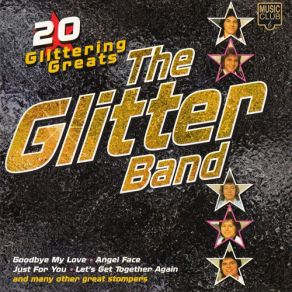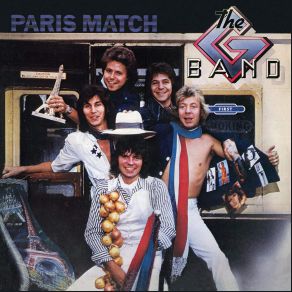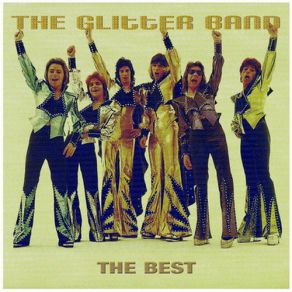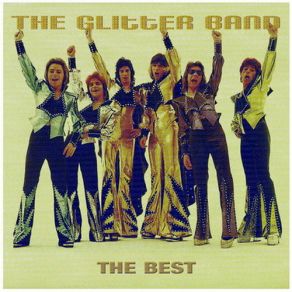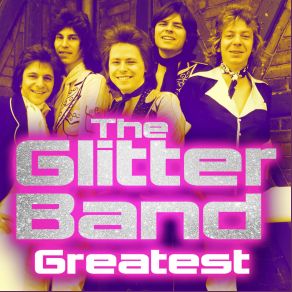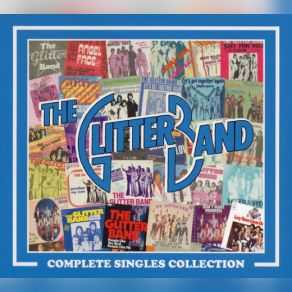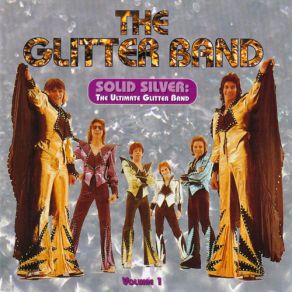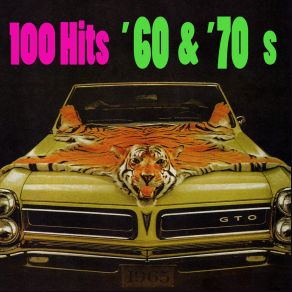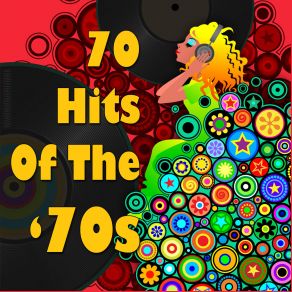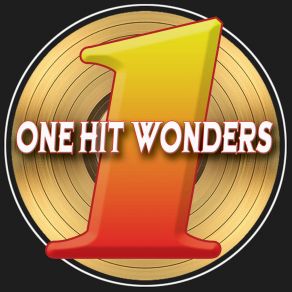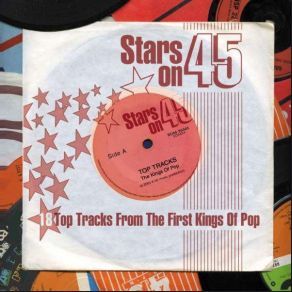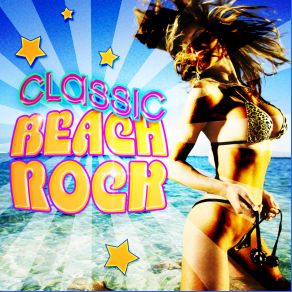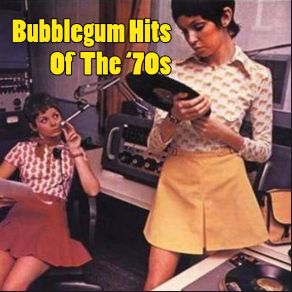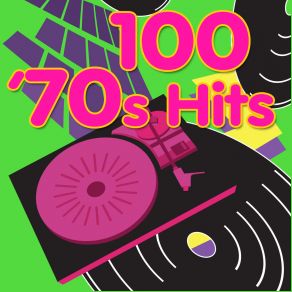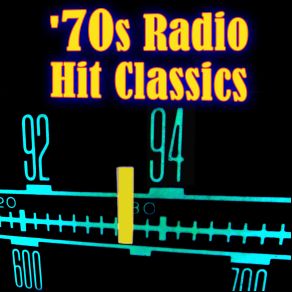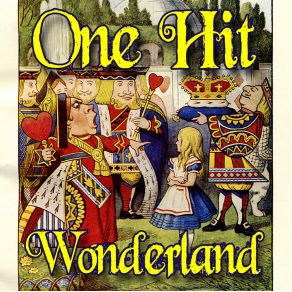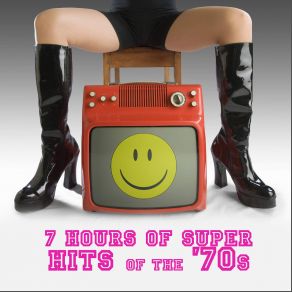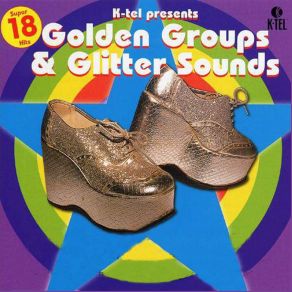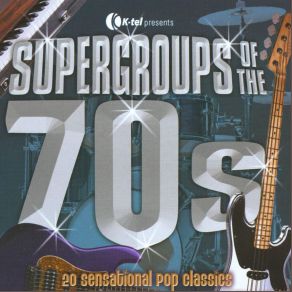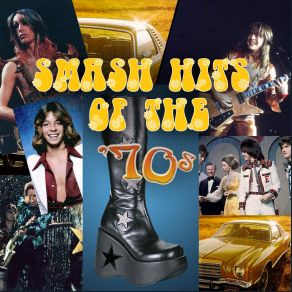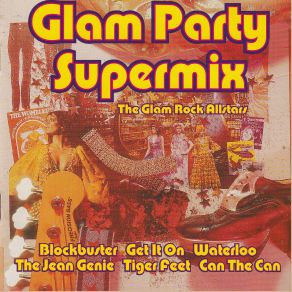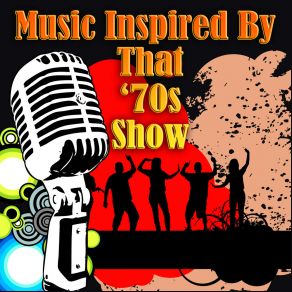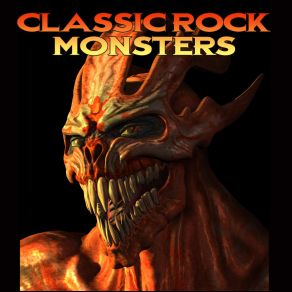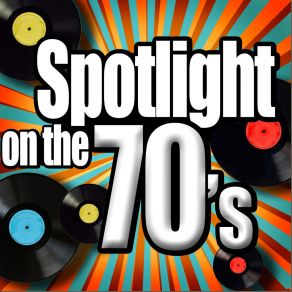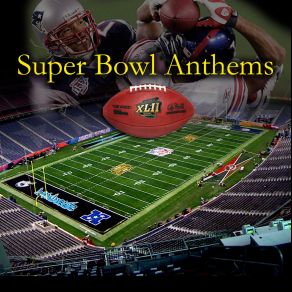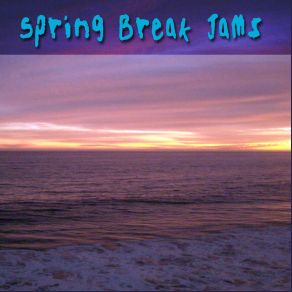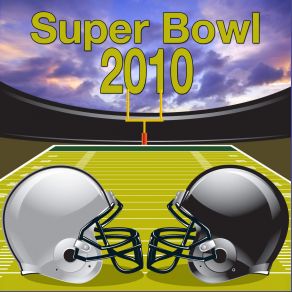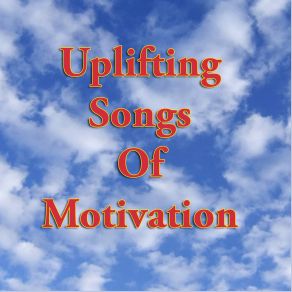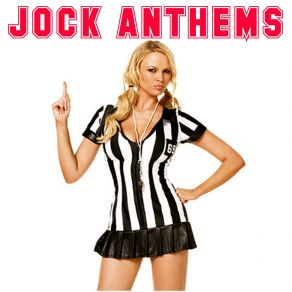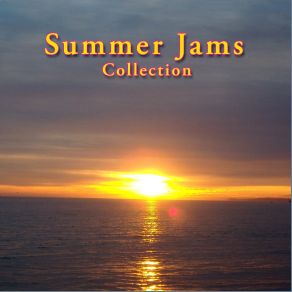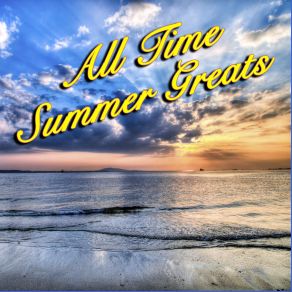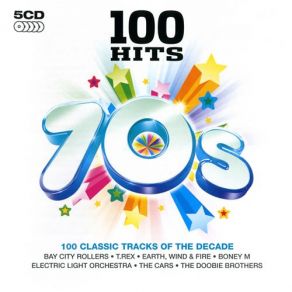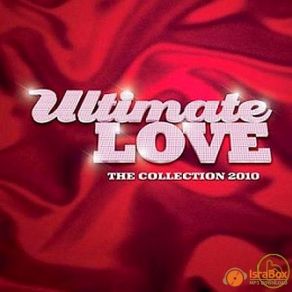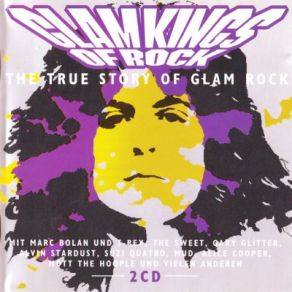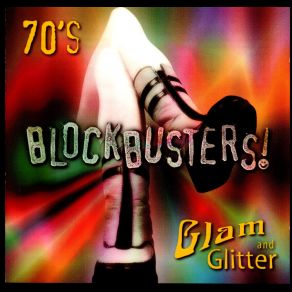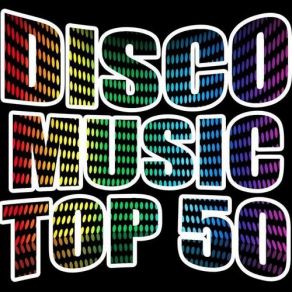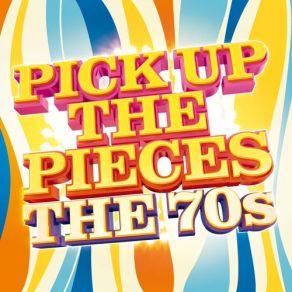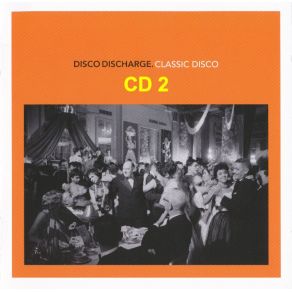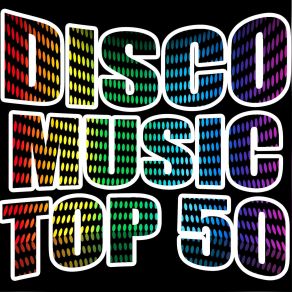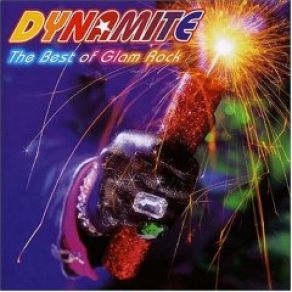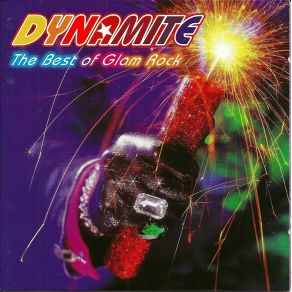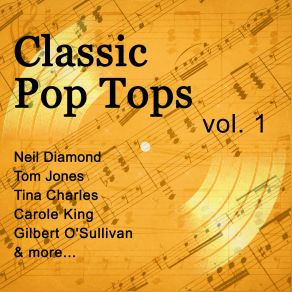The Glitter Band
Wikimp3 information about the music of The Glitter Band. On our website we have 24 albums and 70 collections of artist The Glitter Band. You can find useful information and download songs of this artist. We also know that The Glitter Band represents Rock genres.
Biography
[Edit]Named for their associations with glam idol Gary Glitter, the Glitter Band originally came together in 1972, following Glitter's own breakthrough with the hit "Rock and Roll." With his first major concert tour looming, Glitter and producer co-conspirator Mike Leander required a full-time backing band, one which would — though they could never have dreamed it at the time — ultimately become almost as successful, and certainly as well-known, as Gary Glitter himself. Although the band was not physically present on any of Glitter's own hits (according to the singer, Mike Leander alone played every instrument himself), the Glitter Band not only accompanied Glitter on each of his tours and television appearances, they also racked up seven hits of their own, six of them also making the Top Ten. Even more impressively, while the band's original sound was indeed firmly cut in the style of their namesake, by the end of their career, the group had developed into a wholly original and utterly captivating act in their own right.
The Glittermen, as the group was originally known, was built around an idea which Glitter and Leander had first experimented with during the mid-'60s, a sprawling combo whose sound and visuals were based upon a unique (for British acts) core of two drummers and two saxophonists. Their choice of bandleader, too, reached back to that earlier era — baritone sax player John Rossall had previously played with Leander's own eponymous Show Band and alongside Glitter in the subsequent Boston International.
The decision to launch the Glitter Band as a recording act in their own right was made in late 1973. Written by John Rossall and Gerry Shepherd, their debut single, "Angel Face," was an obvious close relation of the parent Glitter sound, a pounding, stomping number which raced to number four in Britain in March, 1974, but it was unquestionably possessed of a charm all of its own. It was followed by "Just for You" and "Let's Get Together Again," both of which kept the group in the Top Ten, while their debut album, Hey, reached number 13 and that despite being comprised of little more than reprises of the hits.
Evidence that the Glitter Band were capable of meeting greater challenges than the Glitter sound normally offered was delivered in early 1975 by their fourth single, the soft rock ballad "Goodbye My Love." An absolute departure, "Goodbye My Love" climbed to number two, while the group's abilities as songwriters received another boost when labelmates Hello scored a European hit with a cover of the Glitter Band's own "Game's Up." (Hello also scored with another Hey-era staple, a cover of the Exciters' "Tell Him.")
Buoyed by the massive success of "Goodbye My Love," the Glitter Band selected another soft rocker for their next single, "The Tears I Cried," following through over the next 12 months with the similarly styled "Love in the Sun" and "People Like You, People Like Me." Two further albums, Rock'n'Roll Dudes and Listen to the Band, were equally courageous, with the group's ambition now so pronounced that they even brushed aside the first signs that their earlier invincibility was cracking: the chart failure of the singles "Alone Again" and "Don't Make Promises."
In 1976, with Gary Glitter having announced his retirement, the Glitter Band cut their last sonic links with the old sound. With John Rossall having quit for a solo career, the remaining members signed with CBS and, shortening their name to the G Band, set to work on their most ambitious collection yet, Paris Match. An utterly un-Glitter-like set, it was characterized by a truly audacious cover of the Rolling Stones' "Sympathy for the Devil." Unfortunately, though the band had moved on, their fans hadn't — indeed, as one wag later put it, in changing their name, they had kept the "G," but the fans wanted the "litter." In late 1977, the group transferred to Epic for one final single, a cover of the Bee Gees' "Gotta Get a Message to You," but by 1978, the band had all but sundered. 1979 saw Shepherd and Phipps link with former Sparks/Jet keyboard player Peter Oxendale for the album Put Your Money Where Your Mouth Is, credited to Shepherd/Oxendale and released in the U.S. only.
The Glitter Band regrouped under their old name in 1980, around the same time as Gary Glitter himself moved back into focus. In 1981, the group released a new single, "Until the Next Time," maintaining a steady stream of further releases through the next five years. A new album, recorded live at the London Marquee Club, appeared in 1985, while a succession of hits collections (several featuring newly re-recorded material) kept their name alive on the record shelves.
There are two Glitter Band's in operation, one featuring Shepherd, the other — Glitz Blitz/Glitter Band, fronted by Phipps.
Title: Let's Get Together Again / People Like You and People Like Me - Single
Artist: The Glitter Band
Genre: Pop
Title: Back Again: Their Very Best
Artist: Gary Glitter, The Glitter Band
Title: Solid Silver: The Ultimate Glitter Band, Volume 1 (CD1)
Artist: The Glitter Band
Genre: Glam Rock
Collections
Title: Back to the 70's: Super 18 Hits (Re-Recorded Version)
Genre: Hip Hop/R&B, Soul, Pop
Title: 70 Hits of the '70s (Re-Recorded Versions)
Genre: Rock
Title: One Hit Wonders (Re-Recorded Versions)
Genre: Pop
Title: Hipster Lounge - Too Cool for School
Genre: Alternative
Title: Classic Beach Rock
Genre: Rock
Title: 100 '70s Hits (Re-Recorded Versions)
Genre: Rock
Title: One Hit Wonderland (Re-Recorded Versions)
Genre: Pop
Title: Disco For Fitness (Re-Recorded / Remastered Versions)
Genre:
Title: Roller Skating Classics
Genre: Pop
Title: 7 Hours of Super Hits of the '70s (Re-Recorded Versions)
Genre: Pop
Title: It Happened In the Seventies
Genre: Hip Hop/R&B, Soul, Pop
Title: Drift (Music from the Motion Picture)
Genre: Theatre/Soundtrack
Title: Basketball Anthems
Genre: Rock
Title: Back to School: 70s Old-Skool
Genre: Pop
Title: The Ultimate Movie Soundtrack (Re-Recorded Versions)
Genre: Pop
Title: Music Inspired By That '70s Show (Re-Recorded Versions)
Genre: Rock
Title: Motorcycle Road Trip
Genre: Rock
Title: Classic Rock Monsters
Genre: Rock
Title: Spotlight On The 70's
Title: Disco For Fitness (Re-Recorded / Remastered Versions)
Genre:
Title: Massive Classic Rock
Genre: Rock
Title: Super Bowl Anthems
Genre: Rock
Title: Spring Break Jams
Genre: Pop
Title: Basketball Anthems - Hoop Dreams
Genre: Pop
Title: 100 Greatest Sports Moments
Genre:
Title: Super Bowl 2010
Genre: Pop
Title: Uplifting Songs of Motivation (Re-Recorded Versions)
Genre: Pop
Title: The Hits Reloaded
Genre: Electronica
Title: Glam Slam!
Title: Jock Anthems
Genre: Rock
Title: Super Hits of the '70s, Vol. 2 (Re-Recorded Versions)
Genre: Pop
Title: British Invasion (Re-Recorded Versions)
Genre: Rock
Title: Summer Jams Collection
Genre: Pop
Title: All Time Summer Greats (Re-recorded Version)
Genre: Rock
Title: Dynamite The Best Of Glam Rock
Genre: Glam Rock
Title: Glam Rock Anthology (CD1)
Genre: Rock, Instrumental Rock, Punk
Title: Glam Rock Anthology (CD2)
Genre: Rock, Instrumental Rock, Punk
Title: Glam Rock Anthology (CD3)
Genre: Rock, Instrumental Rock, Punk
Title: 100 Hits - 70s (CD2)
Genre: Rock, Folk Rock, New Wave, Punk, World Music, Disco, Funk
Title: Ultimate Love (Disc 3)
Genre: Country, Christian Country Music, Pop, Pop Rock
Title: Seventies Classics
Genre: Pop
Title: More Hits Of The 70's
Genre: Pop
Title: Glamkings Of Rock (The True Story Of Glam Rock)
Genre: Rock
Title: Oh Yes We Can Love: The History Of Glam Rock (CD3)
Genre: Avant Garde Jazz, Rock, Pop
Title: MINI - The Car, The Cult And The Swinging Beats (CD3)
Genre: Hip Hop/R&B, Soul, Rock, Pop
Title: MINI - The Car, The Cult And The Swinging Beats (CD4)
Genre: Hip Hop/R&B, Soul, Rock
Title: Disco Music Top 50
Title: Pick Up The Pieces - The 70s
Title: 100 Hits - Supreme 70s (CD5)
Title: 100 Hits: 70s
Genre: Pop
Title: My Favourite Hits Of 1975 (CD13)
Genre: Soul, Rock, Blues Rock, Hard Rock, Progressive Rock, Heavy Metal, Pop, Pop Rock, Funk, Classical


